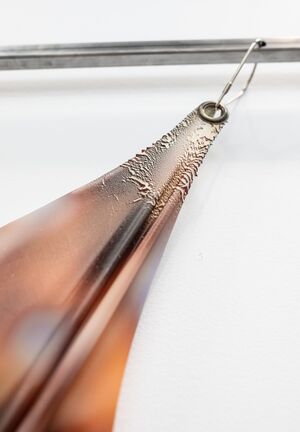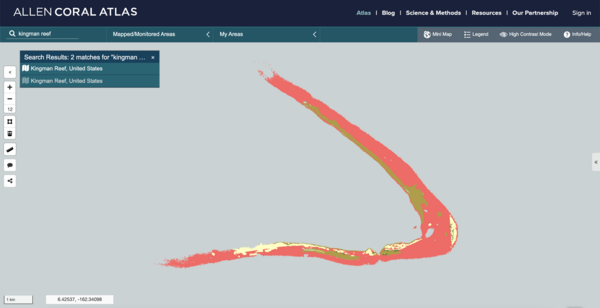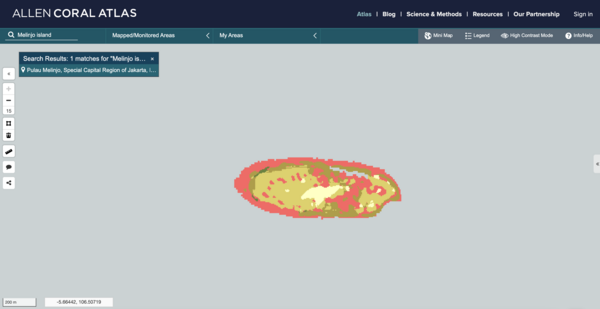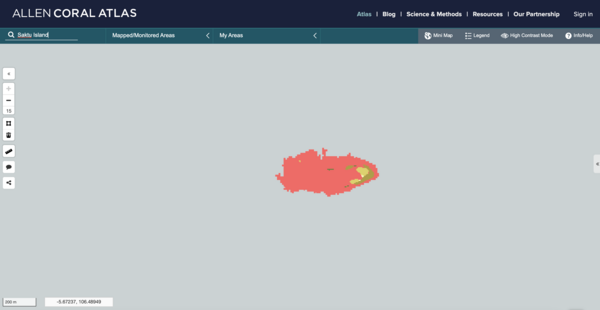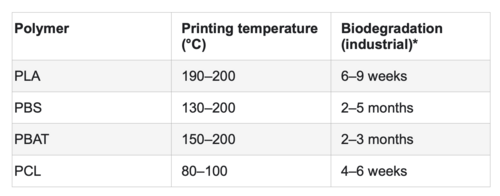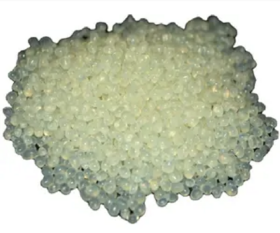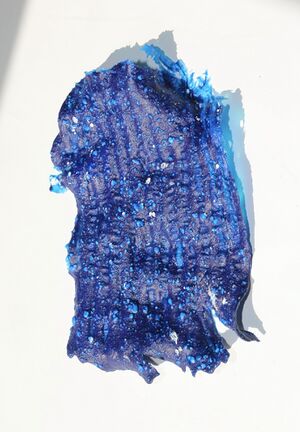NoshThesisWikiPage
DRAFT 1 - INTERVIEW NOSH NENEH- Thesis material
In 2023 I used the ‘lens’ of Google Ocean (Google Street View underwater) to search for a phenomenon called color bleaching. For a long time I have been interested in the eco-system of coral reefs, with the focus on the vanishing of coral reefs. You probably know about the bleaching events of coral reefs where they become white. But more and more cases are popping up, especially around the Great Barrier Reef, that dying coral reefs turn vibrant neon colors. Recent studies found out that some corals were producing a ‘sunscreen layer’ in the form of a colorful neon display to protect themselves against warmer ocean temperatures. It’s like the corals are screaming for help. We’d witnessed the ultimate warning that the ocean is in trouble. In this new project Neon Warning I used the ‘lens’ of Google Ocean to search for corals that glow these bright neon colors in a last-ditch effort to survive.
[Images here]
https://www.noshneneh.com/neon-warning
I’m inspired by Morten’s concept of ‘Hyperobjects’, entities that are huge — global warming, plastic in the ocean, nuclear waste — and seemingly incomprehensible. Morton argues that hyperobjects create an ecological awareness far beyond normal human comprehension. To understand a hyperobject, we must transform the way we see and experience the universe. In line with this idea, I’m exploring ways in which non-traditional photographic tools can be used to give different perspectives on environmental issues. So, next to Google Ocean I worked with photographic tools such as CCTV, Thermal Imaging Camera’s and the NASA Image Library. One example is the series ‘Heat Up’, in which I used infra-red heat photography by following a group of children in The Hague who skipped school to demand action on climate change on the 7th of February 2019. One of the world's largest climate protests, where millions of children around the world took part in a global climate change protest. The infrared pictures accentuate the heat of their gathering rage and literally show that our world is on ‘fire’ (https://www.noshneneh.com/heat-up).
For the project Neon Warning I will for the first time collaborate with scientists in the field. By visualizing the beauty of scientific research, my aim is to contribute to already ongoing environmental debates.
Raw material / Interview by Aitana
So I'm asking you, what are you making right now, or these weeks?
I will talk a bit about my interest of the last months. I was, maybe you know already, quite interested in the ecosystems of coral reefs and especially in the finishing of coral reefs. So the last month I used Google Ocean few, the lens of Google Ocean to search for a phenomenon called color bleaching, the color bleaching of corals.
So on on the Google Ocean view, I went to different islands in the sea, so on the water to search for this phenomenon. M And, um, I will explain a little bit about the phenomenon. It's, um, Like you have the, you know, the, the, the bleaching of corals, where corals become white.
after a while, so they, they're dying. Okay. But, um, like now some studies found out, um, and a couple, um, a couple of years
What will it be?
3D sculptures of vanished coral reefs crafted from biodegradable material. Adorning it are images of neon coral bleaching (or colors are used to refer to the neon coral bleaching).
I remained focused on exploring the phenomenon of neon coral bleaching and discovering new ways to represent it visually. Neon bleaching occurs when environmental stressors such as rising water temperatures cause corals to expel the colorful algae that live within their tissues. While some corals turn ghostly white when they bleach, others can instead turn a bright range of neon colors in a final effort to survive. The corals' neon manifestation seems to be an urgent call for help. By zooming in on this neon bleaching, I try to show its paradoxical spectacle – at once captivating in its surreal appeal and intensely alarming as a harbinger of ecological collapse.
Why do you want to make it?
To instill awareness about the disappearing coral reefs and the importance of their protection. In recent years, the health of coral reefs has been deteriorating rapidly. Climate change poses the greatest threat to coral. As the Earth's temperature rises, so does the temperature of the seawater. A mere increase of 1 to 2 degrees can lead to coral mortality.
Coral reefs play a vital ecological role. Often found in waters with limited phytoplankton, the foundation of the marine food chain, they create true oases of life amidst the ocean desert. Moreover, they serve as natural barriers against cyclones, storms, and erosion, absorbing the force of the waves. Coral reefs serve as havens and nurseries for marine creatures, contributing to biodiversity and promoting fish populations, among other benefits. They purify water and act as excellent coastal protectors during extreme weather events.
This is a follow-up step to my previous project on coral neon bleaching.
Describe how it would be made?
Initially, research is conducted on vanished coral reefs using the Allen Coral Atlas. The atlas maps coral reefs worldwide and monitors the threats they face, providing actionable data and a collective understanding of coastal ecosystems. Subsequently, a vanished coral reef is selected to create a 3D model, which is then printed using a 3D printer with biodegradable material. Finally, consideration is given to imprinting images of coral neon bleaching onto the material.
Workflow
October: Research on Allen Coral Atlas in order to find the actionable data from vanished coral reefs. Also further research about vanished coral reef, besides the Allen Coral Atlas, shall be done in this period. After this period I will make a selection of vanished coral reefs I want to work with.
November week 1/2: Research on what biodegradable material I want to use for the 3D prints
November week 3/4: Try outs with making the 3d prints of the vanished coral reefs
December week 1/2: Finalize the 3d prints.
December week 3/4: Experimenting with ways of incorporating image/moving image of neon coral bleaching to the 3d prints
Scratches 'May or May not'
Make a list of different coral reefs that are almost vanished.
- Pulau Seribu island group/Jakarta Bay
- Melinjo Island
- Saktu Island
- Seychellen
- Kingman Reef
Make screenshots from the Allen Coral Atlas of coral reefs that are almost vanished based on data from the Allen Coral Atlas.
Kingman Reef
Melinjo Island
Saktu Island
Search for a biodegradable polymer that is used in 3D printing.
Polylactic Acid PLA is considered to be the most important of all bio-based polyesters on the market (Jager, Ady). PLA is generally produced from sugar (sugar beets, sugarcanes, corn). Through fermentation, with the help of micro-organisms, lactic acid is produced. This is a highly efficient process. Per sugar molecule, two molecules of lactic acid are produced, without any residual products.
Bioplastic made from agar-agar
Endangered Coral Species
- Dendrogyra cylindru (Pillar coral)
- Mycetophyllia ferox (Rough cactus coral)
- Orbicella annularis (Lobed star coral)
- O. faveolata (Mountainous star coral)
- O. franksi (Boulder star coral)
- A. globiceps
- A. jacquelinae
- A. lokani
- A. pharaonis
- A. retusa
- A. rudis
- A. speciosa
- A. tenella
- Anacropora spinosa
- Euphyllia paradivisa
- Isopora crateriformis
- Montipora australiensis
- Pavona diffluens
- Porites napopora
- Seriatopora aculeata


